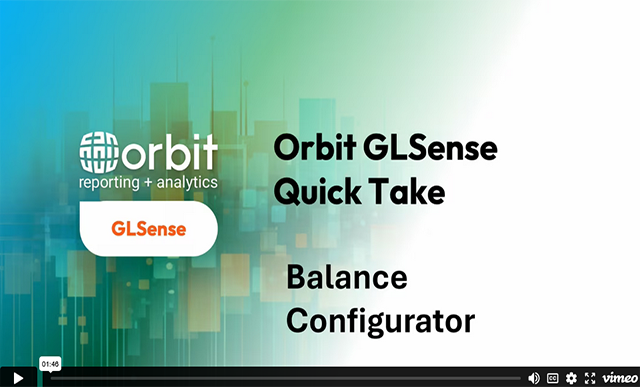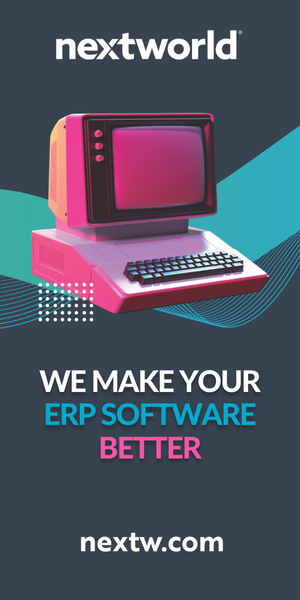As artificial intelligence continues to evolve on an almost daily basis, the AI milestones of yesteryear seem to become a little more ancient, even quaint in retrospect. Remember when IBM computer Deep Blue beat human champion Gary Kasparov at chess in 1996? Or when Alpha Go, created by Google’s DeepMind, beat Go champion Lee Sedol twenty years later?
Barrett Thompson, General Manager of Commercial Excellence at cloud-native pricing company Zilliant, certainly does, bringing up the historic events in an appropriately “deep” podcast this summer. Talking to Lou Simon, VP of Uptima Elevate at AI-powered transformation consultancy Uptima, the conversation between the two asks if AI will “eat” the software world, and where pricing fits into the current GenAI narrative.
For Thompson, there is a clear distinction between the “shock of the new” as represented by DeepMind and Deep Blue’s successes, to the more “subtle” nature of AI today.
As he puts it, AI can find what humans have overlooked, whether it be game moves not considered by a player, or suitable products not yet put past certain customers.
“[With AI] the bigger value add on a day in, day out basis is not that the machine is necessarily superior to what the best human on the planet is doing, but if it could even measure up to what an average or reasonably good person is doing – and just do it at a scale that we’ve never seen before,” he explains.
Thompson imagines studying thousands of customers in a database and figuring out which products ought to be sold to them. As he puts it, “If I had infinite time as a human, I could probably go build some Excel charts and pull it up and see the magic myself.”
But we don’t have the time – and that’s where AI comes in. Lou Simon adds to the discourse by examining what AI can offer the front end of a revenue life cycle.
“It’s mainly driven by product and pricing: we pick products, we price them out, we do a quote, we have a contract. We have these basic fundamental pieces, and being able to use Generative AI to maybe suggest ‘if you package this individual product – it could be something as small as a bolt – with this particular item, you gain more revenue on the backend, and more customer satisfaction on the backend.’”
The VP says predictive models can be used here with data coming from the service side, feeding into the vendor’s data, as collected on its ERP systems. None of this should have the shock of the new; indeed, Zilliant itself already embeds GenAI in its CPQ workflow and analytic capabilities. AI-driven pricing guidance of this sort comes from a deep – there’s that word again – integration between price optimization and CPQ solutions, helping deliver the right product at the right price to customers – whilst flagging any pricing in need of approval workflows.
When using one software to manage the entire pricing lifecycle and connecting multiple lines of business under a unified end-to-end process, it’s easier for AI to be used throughout the lifecycle to augment and automate critical pricing processes. It may not lead to global headlines, but with the subtle yet powerful nature of AI today, users can become augmented to take quicker action, output meaningful reports and set up alerts to power proactive price management.
And that could help businesses win the challenging game of business in today’s age, too.






